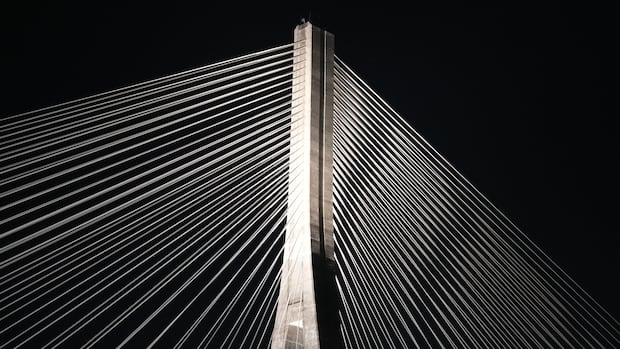Torpedo bat craze: Inside a Quebec factory churning out baseball’s newest trend

Manuel Bouffard, a skilled batmaker, is currently hard at work in Quebec City’s B45 Baseball factory, where he can be found meticulously sanding and sawing to keep up with the growing demand for the latest trend in baseball bats. The factory is bustling with activity as Bouffard operates a machine that efficiently carves baseball bats from wooden cylinders in just two and a half minutes. Lately, he has been focusing on producing torpedo bats, a unique design that has been gaining popularity among players.
Unlike traditional bats, the torpedo bat was created by a former Massachusetts Institute of Technology (MIT) physicist with the intention of maximizing the amount of wood or mass in the part of the bat that makes contact with the ball most frequently. Bouffard explains, “It’s a big thing right now. It’s new stuff, so obviously people want to try it.” The surge in demand for torpedo bats can be attributed to Major League Baseball’s recent opening weekend, during which the New York Yankees set a record for the most home runs hit, with many players using the torpedo bat.
While using a torpedo bat does not guarantee an increase in home runs, it is seen as a tool that some players are using to enhance their performance. Marie-Pier Gosselin, the general manager of B45 Baseball, notes that the torpedo bat has captured the attention of the public. She reveals that the demand for torpedo bats has skyrocketed in the past week, with the company receiving orders from approximately 30 MLB players eager to try them out. One player who has already embraced the torpedo bat is Davis Schneider of the Toronto Blue Jays, who has placed another order for the innovative bat.
The sudden surge in demand has left the small team at B45 Baseball feeling a bit overwhelmed but excited about the unexpected attention. Assistant general manager Olivier Lepine acknowledges that it is difficult to predict how long the trend of torpedo bats will last. He believes that if players enjoy using the bat and feel it improves their hitting abilities, the torpedo bat could become a staple in the baseball world.
Despite some skeptics questioning the use of the torpedo bat, Lepine assures that it is legal in the MLB as long as it adheres to the league’s regulations. The bat must be constructed from a single piece of wood and cannot exceed 2.61 inches in diameter and 42 inches in length. While there have been modifications to bats in the past, Lepine acknowledges that the torpedo bat represents a significant change, particularly in the distribution of weight along the barrel.
Although some experts suggest that the torpedo bat can result in a faster swing, Lepine remains cautious about declaring it a game-changer. He emphasizes the need to observe more results before definitively stating that the torpedo bat outperforms traditional bats. As the baseball world continues to adapt to new innovations, only time will reveal the true impact of the torpedo bat on the game.



